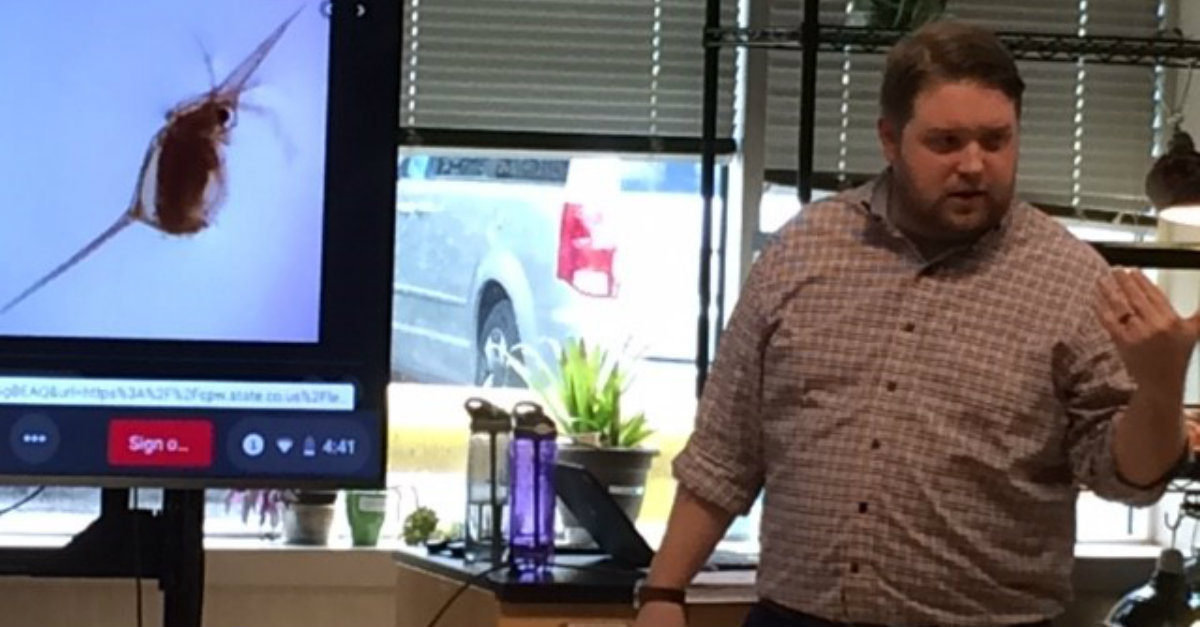There’s a very interesting quote by J. Andrew Pospisilik, who serves as Director at the Center of Epigenetics at the Van Andel Institute. He states,
“There will never be another groundbreaking discovery by a single individual.”
He isn’t wrong either. Much of modern discovery depends on different groups of people working together. New medicines are created by a team of scientists, new technology by a team of engineers, even new entertainment requires a team of writers and artists. History has shown us that humanity can achieve great things when we work together, but not everyone has learned this lesson yet. So how do we, as educators, begin to instill this knowledge within our students?
Well, we start by fostering collaboration through engaging, project-based learning.
How Do You Create Those Teams?
Now, we all know how easily team projects can fall apart. It typically involves one student doing all the work while the others disappear into the wild green yonder. Thankfully, there are a couple strategies we can use to navigate these logistical challenges and create committed teams:
- Keep Them Small (2-4): The bigger a team is, the more likely students or responsibilities will get lost in the shuffle. By keeping them small, you ensure that teammates are better connected and have clearer communication.
- Keep Them Diverse: Try to create groups that are diverse in their strengths, experiences, genders, ethnicity, and interests. Everyone deserves a voice, and it always helps to have a different perspective.
- Keep Them Long-Term: Don’t just put students in a group for an afternoon, try to keep them together for more than a week. This will give them an opportunity to know each other and develop their own rapport.
- Keep Them Teacher-Initiated: While it’s not bad for students to work alongside their friends, it can often create distractions and leave other students feeling ignored. Diverse groups don’t happen organically. They need an awesome teacher to help get things rolling.
- Keep Them Student-Centered: You want to give your students choice and you want to give them an opportunity to understand their strengths. A great way to do this is to have them apply for roles. When you introduce a new project, give a brief description of the different positions and then let the students advocate for their favorites!
Establishing Norms and Routines
Once your teams have been launched, the next step is to adopt a regular schedule. We all have daily rituals that we use to work with our students, but what about techniques we can apply to foster collaboration within student groups? We can break these down into two categories:
- Norms: According to the Buck Institute, “Norms are the agreed upon rules that build a productive, self-driven, and respectful culture.” One method for establishing norms is through a low-stakes, collaborative activity. Chose something quick and easy that students will use to craft classroom norms together. Once they have decided on their list of rules, have them write it out and employ it as a resource for the rest of the year.
- Routines: As teachers, we have a ton of routines. Routines give us strategies for classroom management, instruction, collaboration, and thinking. However, when we put a focus on project-based learning, these strategies can also help students connect and prime their minds for the day. By making regular feedback a part of their daily routine, students can refine their arguments with assistance from their classmates.
Supporting Team and Individual Management
Finally, we need to instruct our students how to diligently approach their workload. Teaching students how to project manage is a great, real-world life lesson. One way to prove this is by modeling project management in a life context. Even outside of school, there are still going to be things students will need to organize. Birthday parties, sports events, a school fundraiser, nothing could be more applicable to the real world.
By allowing students a degree of control over the process and letting them track their own growth, you’re not only teaching them responsibility, but encouraging them to invest in their own education. Of course, none of this will happen overnight. It will take time and commitment on both ends for this process to be successful. Still, nothing good has ever been achieved without a little perseverance, and by working together, who knows what your students can accomplish!

